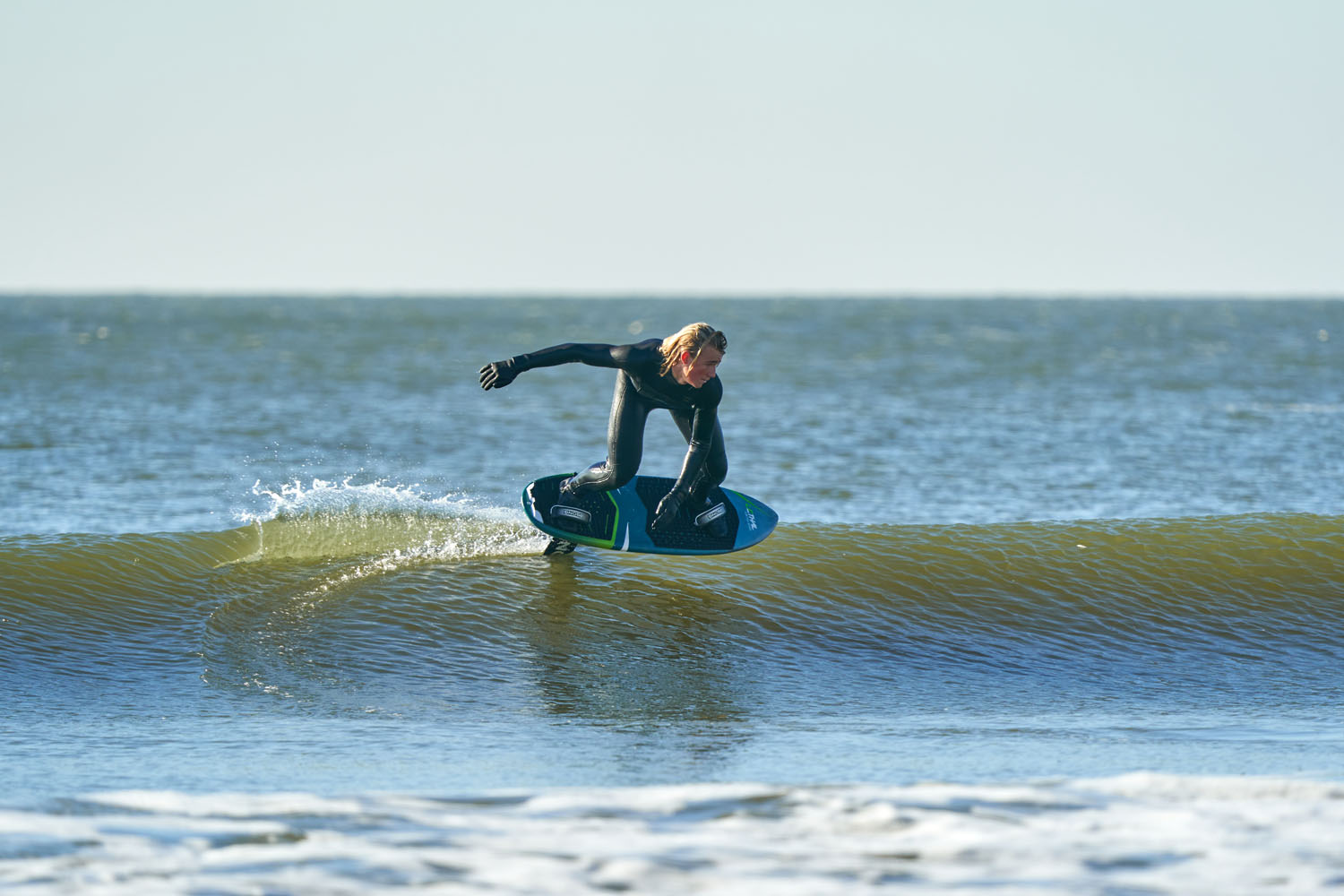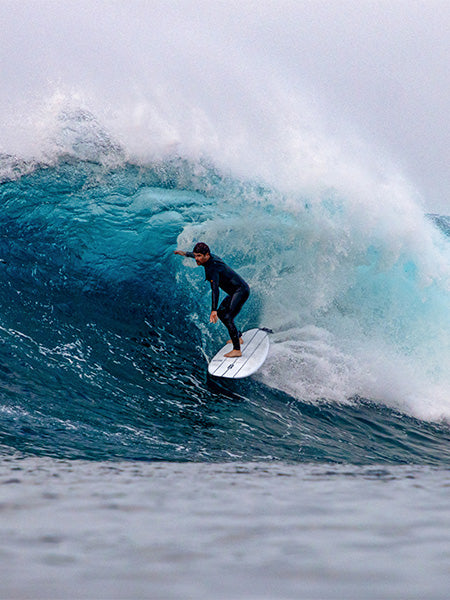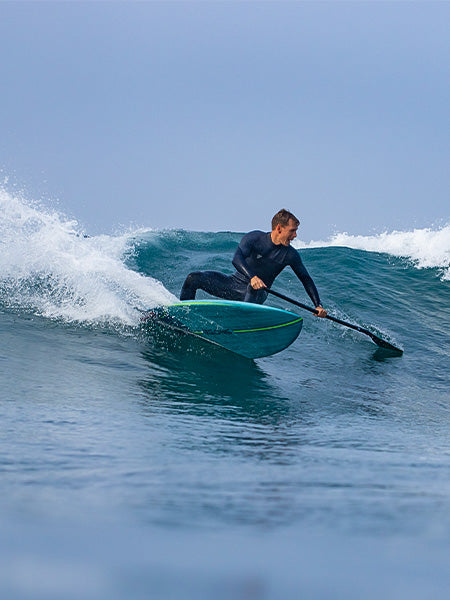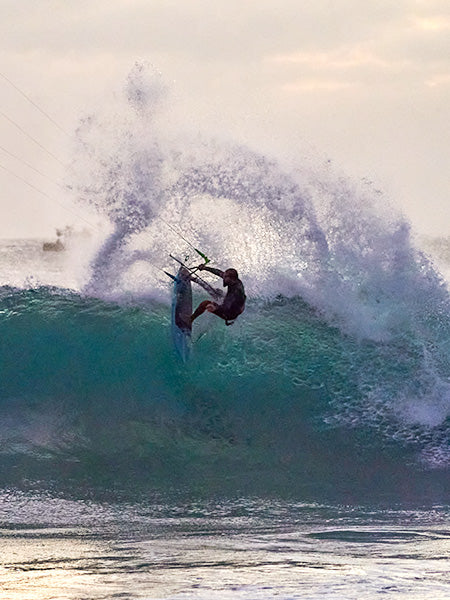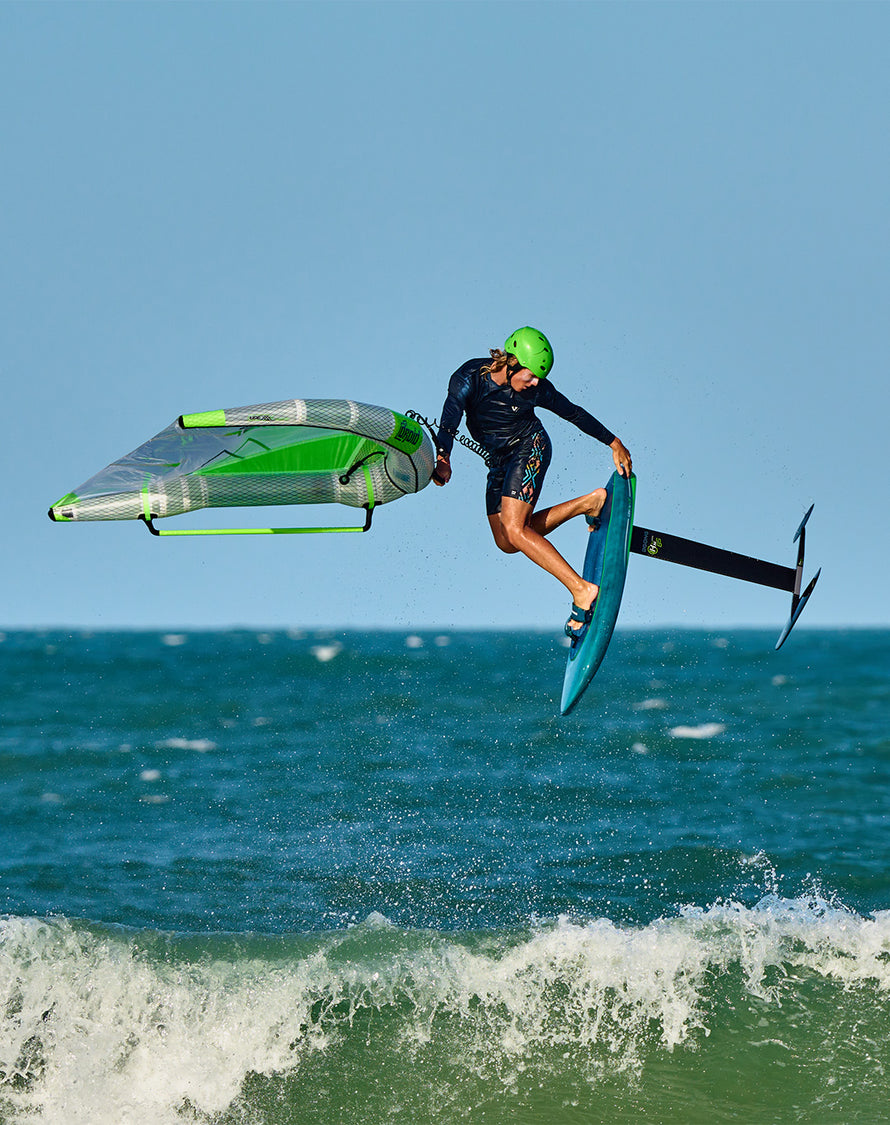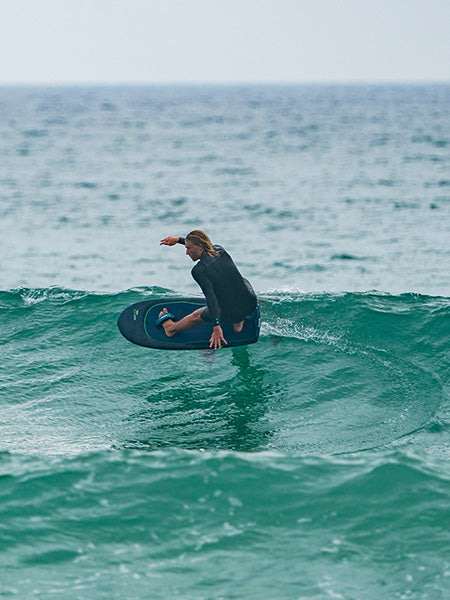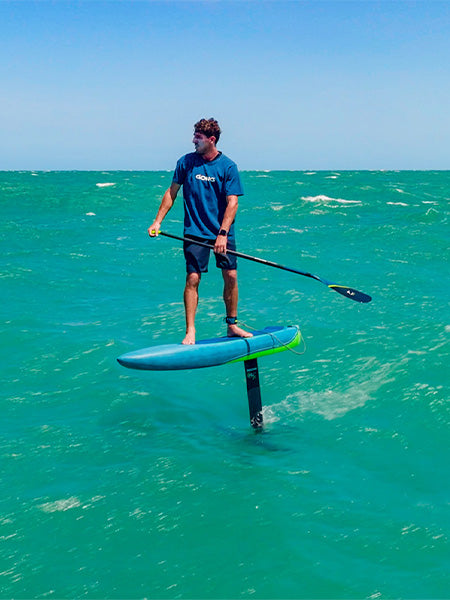BEACH START
Back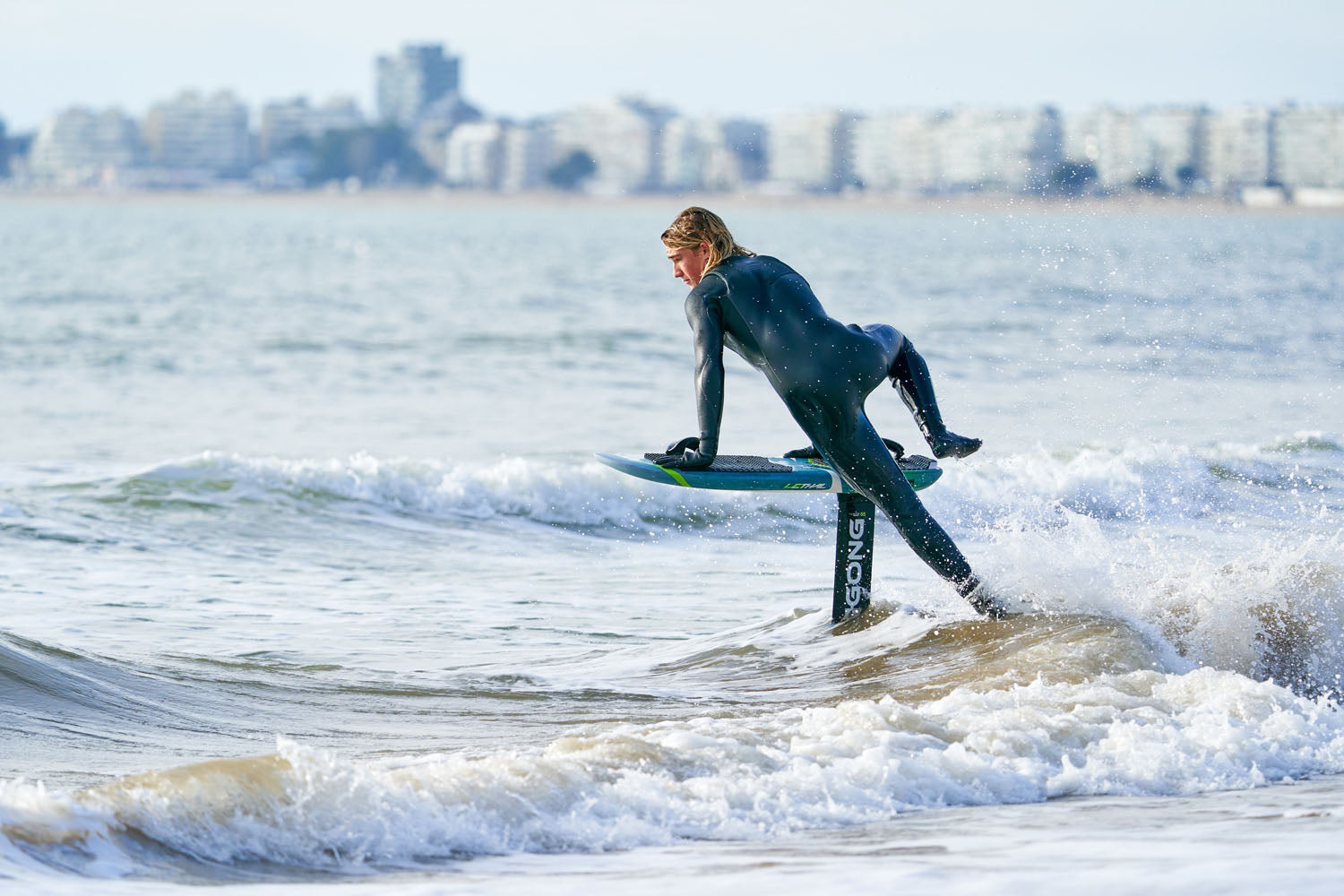
We all have in mind this nice looking wave that rises but never breaks, or too close to the beach to make a take off. Well, what about an exclusive access to these waves by learning how to beach start with your surf foiling gear?
Taking off from the beach requires tonicity and quite a lot of perseverance but nothing out of reach for pumped up surfers. The learning process can be frustrating, but making it even more rewarding when you make it. Besides, these attempts can be a lot of fun when done with a bunch of friends and it’s a great practice to keep in shape ;). Above all, by mastering the beach start technique, you’ll be the only one to connect waves while the other surf foilers are struggling to take off due to a lack of depth or power to get going.
All our tips below!

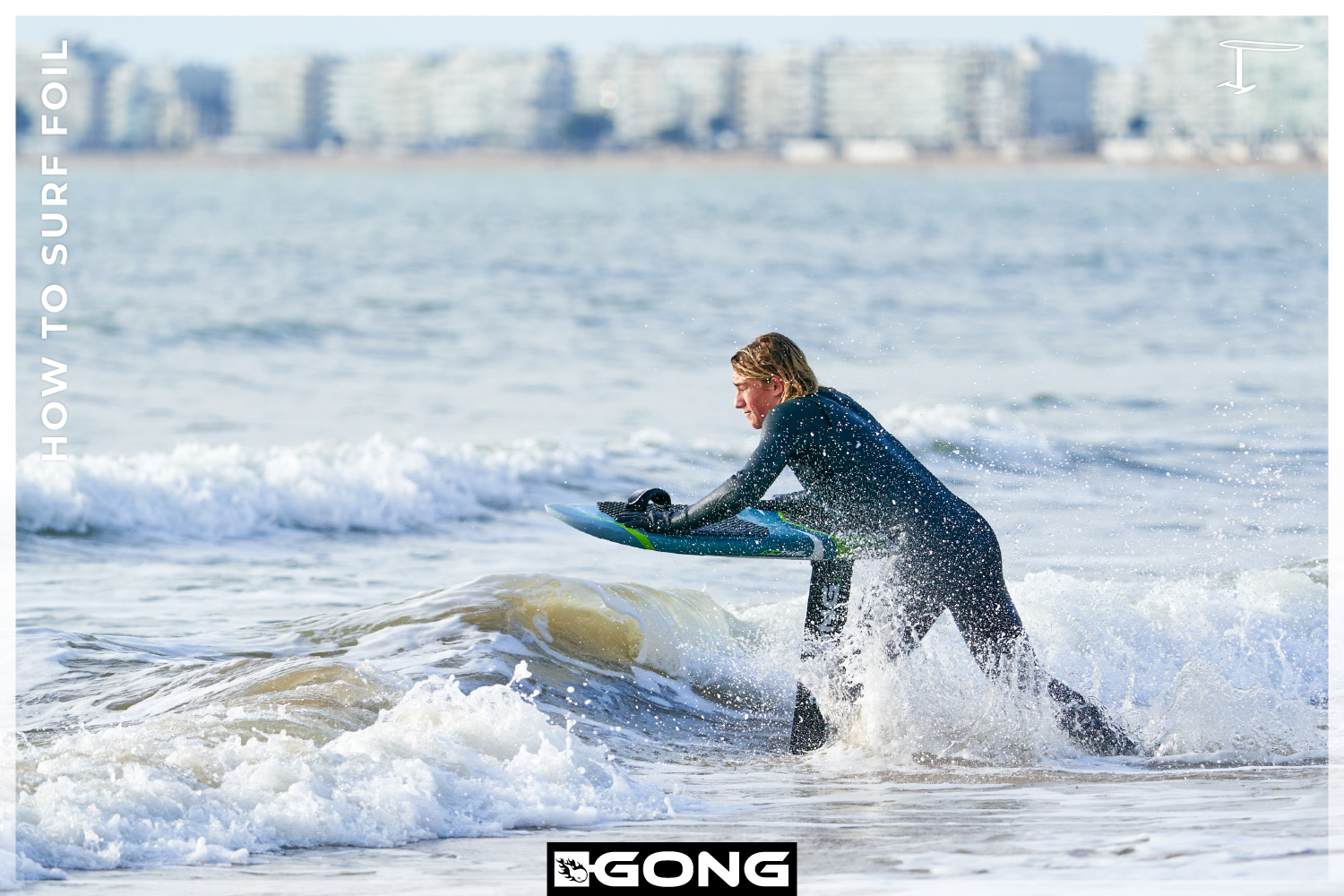
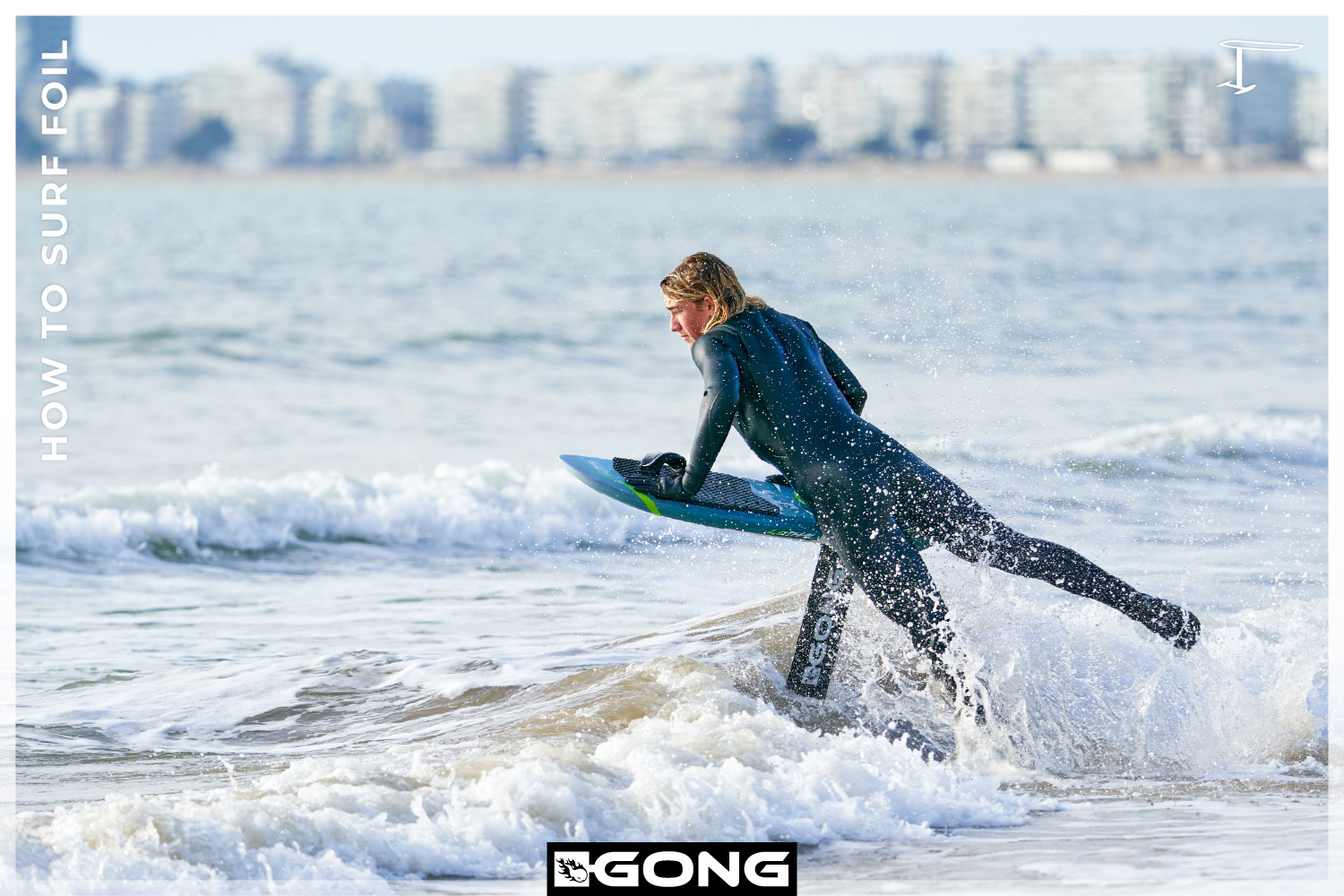
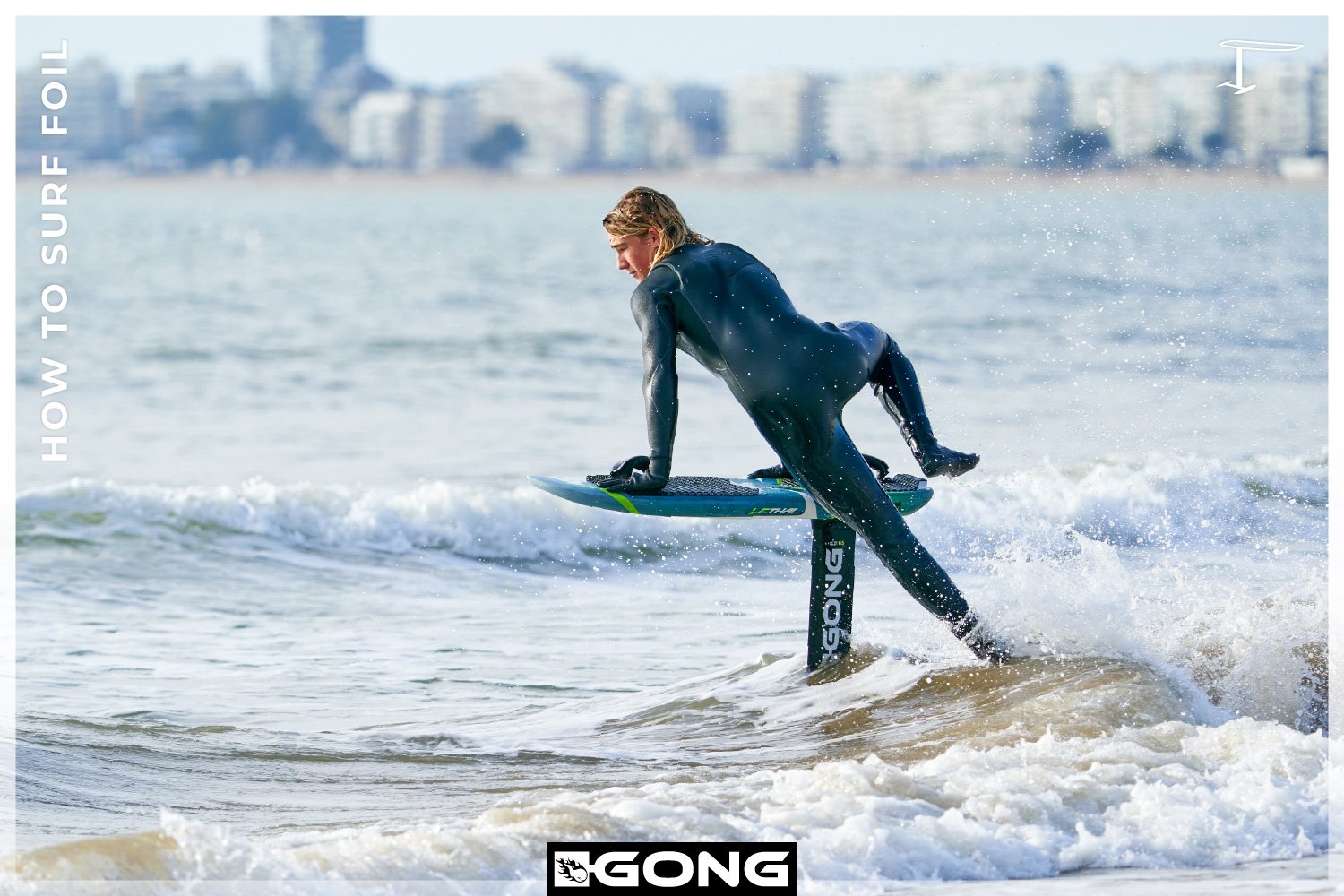

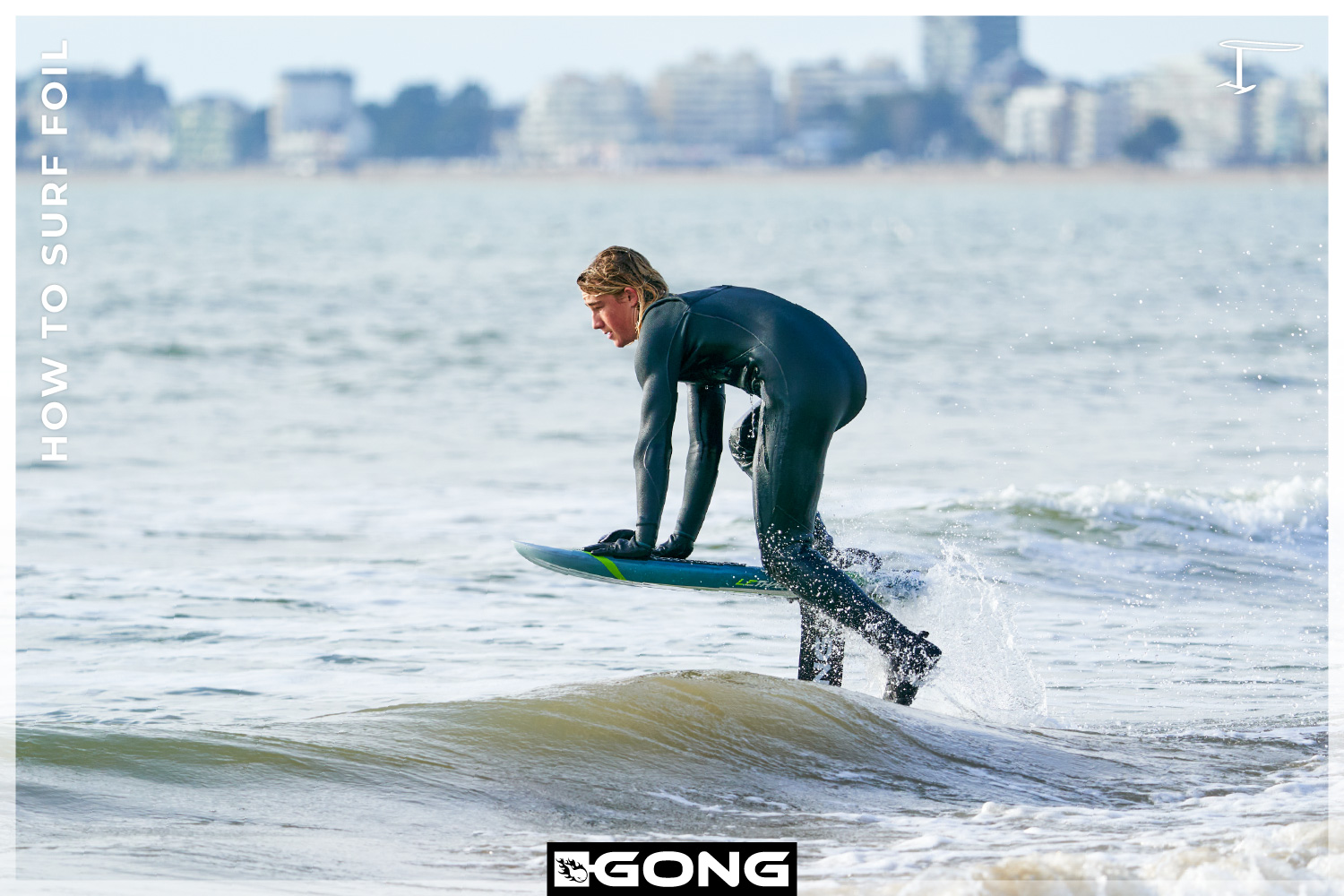


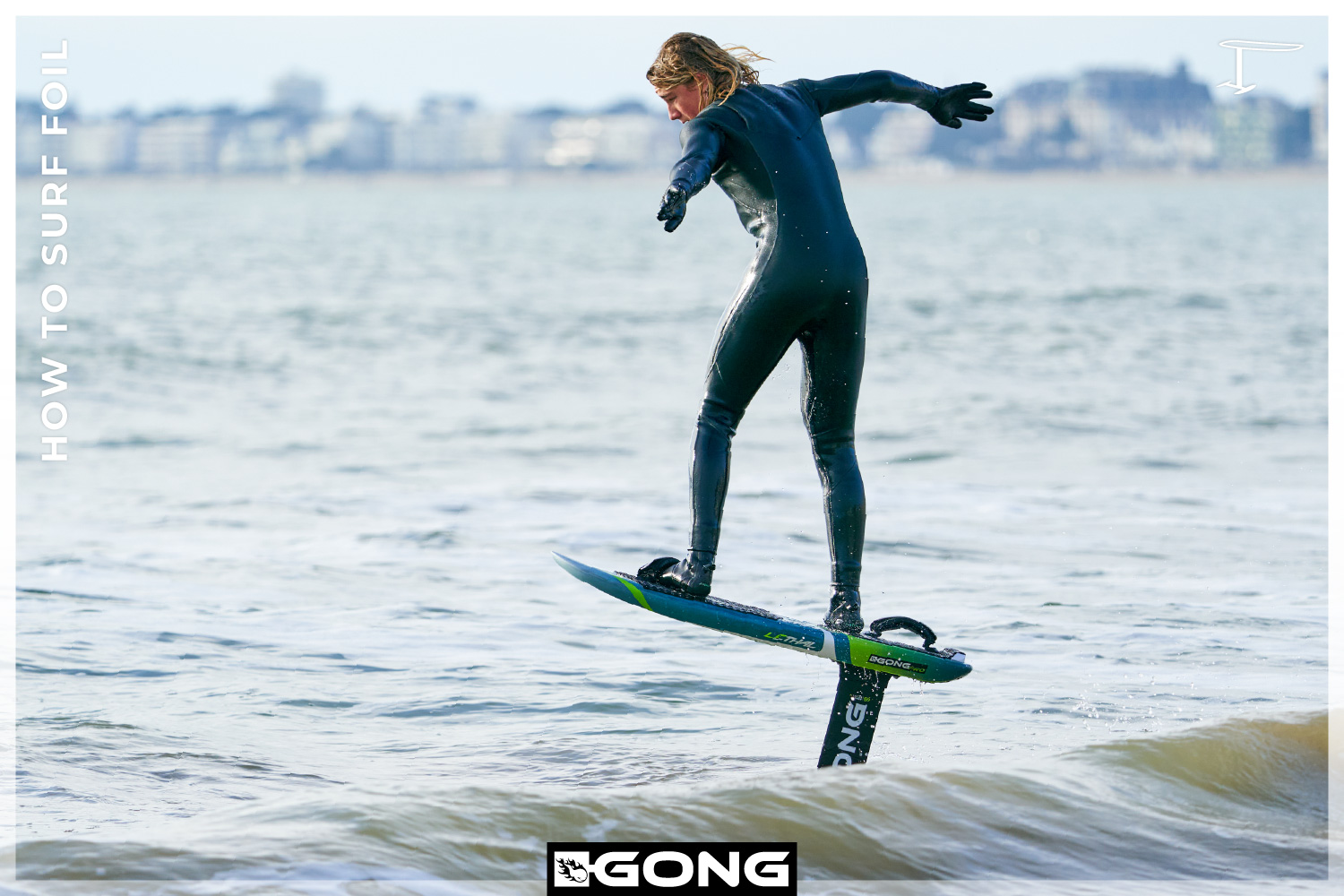


Surf foiler : Malo, GONG team rider, on the Lethal FSP Pro with an Alu V2 65cm Mast and a Fluid XXL-T Front Wing.
To stack the odds in your favor, you need a good spot and appropriate equipment.
- The perfect spot offers a small slope at the edge of the water. Not too steep as you need at least a few steps with only knee high water to jump onto the board. Not too gentle either because you will quickly need some depth to pump the foil.
To make things easier you need a small shore break to create two areas of depth. A first one in which you can run with water up to your knees, and a second one where you have enough depth to pull yourself up on the board. If there is not enough depth, use the height of the swell bump coming towards you to immerse your foil in the water. To do so you should synchronize your beach start with an approaching swell bump. A few steps in shallow water before benefiting from an additional height of water brought by the swell. When hitting the wave you have to jump on your board and pump like there’s no tomorrow.
- Regarding the gear, you have to adapt the front wing of your surf foiling equipment because you need much more lift than if you were pushed by a wave. You can also use a smaller board like the Catch kite foil board because you don’t need the flotation of a surf foiling board. You need an XXL front wing for the lift with a fairly flat profile to avoid rubbing on the sand (we do not recommend trying beach starts on beaches without sand…;)). In our range, the profile of an X-Over fits perfectly. The lift is very good and the profile is fairly flat. In addition, it is a versatile foil that can be pushed in the waves. In a slightly more technical register, the Fluid XXL-S and XXL-T are also suitable for beach starts (the S model for a better lift, the T model for glide and speed).
Technique
The beach start is not the kind of move that you can nail on your first try. It is a movement you need to repeat and improve little by little. Do not lose patience if you fail on your 10 first attempts (because it’s not even close… ;)). All the members of our Team who now master the beachstart have devoted some time to it. But as demonstrated by their success rate, which is close to 100% today, it is a profitable exercise that ultimately allows you to have fun when the conditions are not surfable.
The beachstart is a power version of the dockstart. You have to be even more explosive at the start. Gather momentum on the beach with your front hand holding the board by the rail (at the level of your front strap), and your back hand holding the center of the tail. If you spot a swell line coming your way, synchronize your start with it as specified above so that your first pumping stroke is done on top of this swell bump. When hitting the water everything must be done within a few movements. Put your foil on the surface of the water and let it sink very slightly. As for a dockstart, your mast must be perfectly straight or you will fall sideways as soon as you get on the board. One of the keys is to succeed in generating lift from your foil that you can lean on to get on the board. To have lift, you need speed, so really go for it.
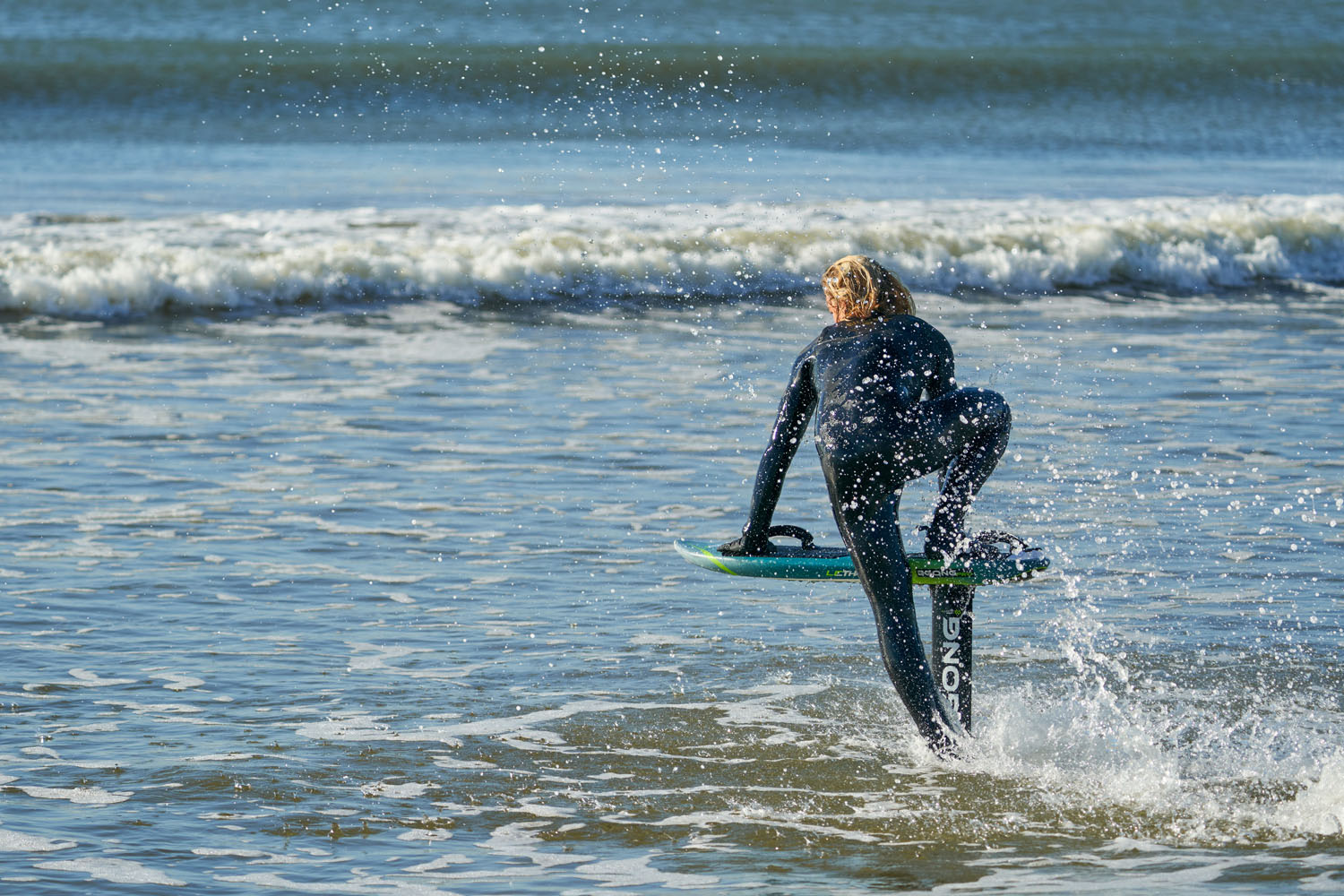
To climb on the board we recommend starting with your back foot. You will therefore need to finish your run on your weak foot. If you start with your front foot, which seems more logical for your natural stance and to do a first pumping stroke, you increase the chances of hitting bottom with your foil. The advantage of starting from the back is that you keep the foil high. The opposite would cause the nose of the board to dive. During this critical phase, your front hand is placed on the deck to control the foil. As soon as your feet are on the board, the focus should immediately turn to pumping with an eye on the swell line in front of you.
Pick up speed by pumping to celebrate your first beachstart with a big carve! 😉
